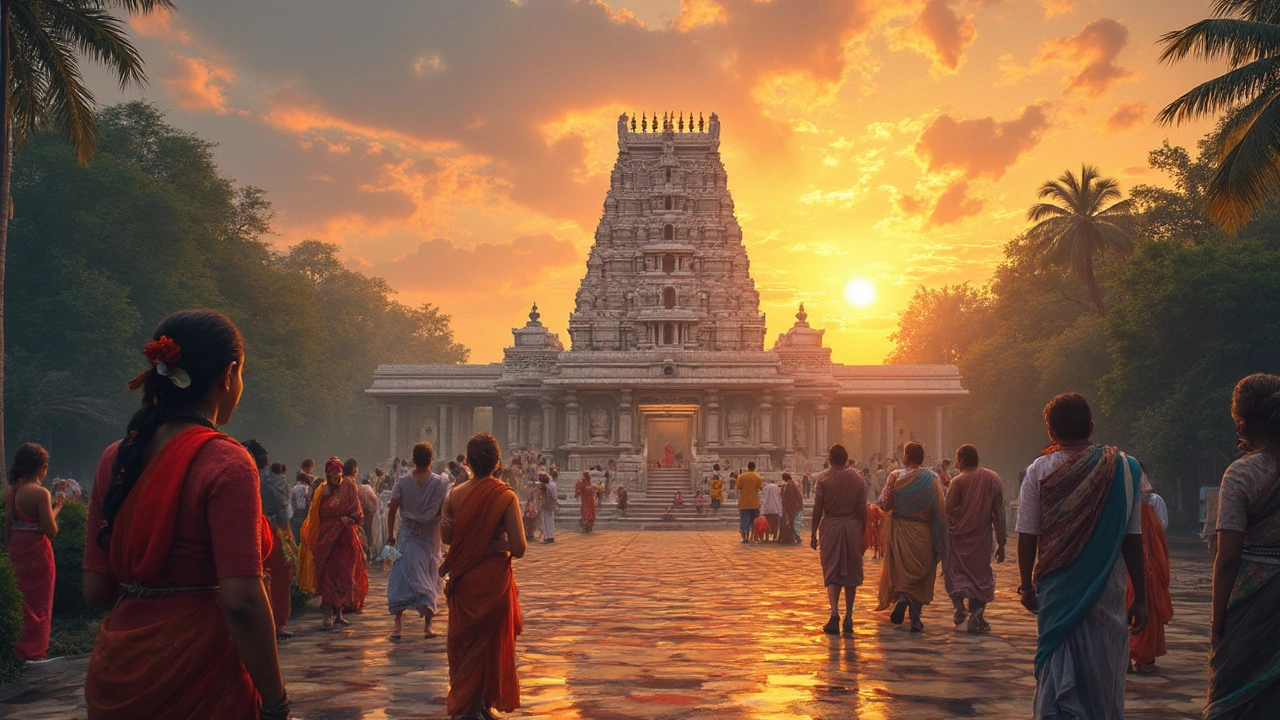Largest Religion in India
When you think of Hinduism, the oldest living religion and the dominant spiritual tradition in India. Also known as Sanatana Dharma, it influences everything from temple rituals to street festivals, and even how people eat, dress, and travel. Over 90% of India’s 1.4 billion people live in communities shaped by Hindu beliefs, making it the backbone of the country’s cultural identity.
This isn’t just about temples and gods—it’s about how people live. Hinduism drives the pilgrimage routes to Varanasi, the daily offerings at local shrines, and the timing of major festivals like Diwali and Holi. It’s also why temple etiquette matters so much when you visit places like the Taj Mahal’s nearby religious sites or the sacred forests of Uttarakhand. The religion doesn’t just exist in books—it’s in the scent of incense at dawn, the sound of bells at a village mandir, and the way travelers are asked to remove their shoes before stepping onto sacred ground.
Related concepts like religious tourism, travel centered around sacred sites and spiritual practices, and temple customs, the unwritten rules visitors follow to show respect are deeply tied to Hinduism’s presence. You can’t talk about visiting India’s 43 UNESCO World Heritage Sites without seeing how many are temple complexes, stepwells, or ancient pilgrimage centers rooted in this tradition. Even the Great Himalayan Trail passes through villages where daily prayers shape the rhythm of life. And while other faiths like Islam, Christianity, and Sikhism are also deeply woven into India’s fabric, Hinduism remains the largest, most visible, and most influential.
What you’ll find in the posts below are real, practical guides to navigating this world: how to enter a temple without breaking rules, why certain cities feel more spiritual than others, and how food safety, vaccination needs, and even Uber availability in Goa connect to the cultural landscape shaped by this ancient faith. Whether you’re planning a trek through the Himalayas or just trying to understand why your host won’t serve beef, the answers start here—with the largest religion in India.
